-
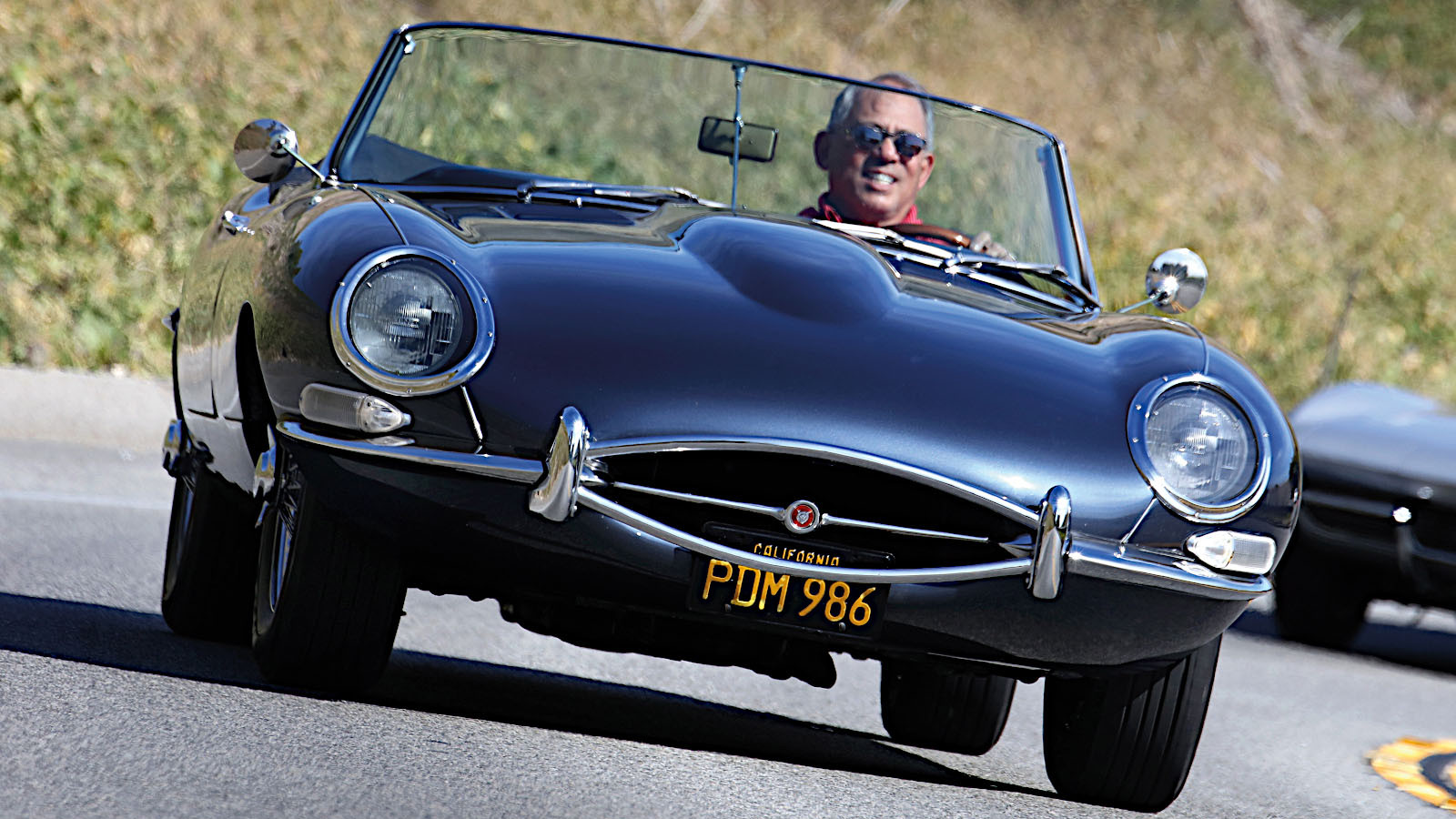 © James Mann/Classic & Sports Car
© James Mann/Classic & Sports Car -
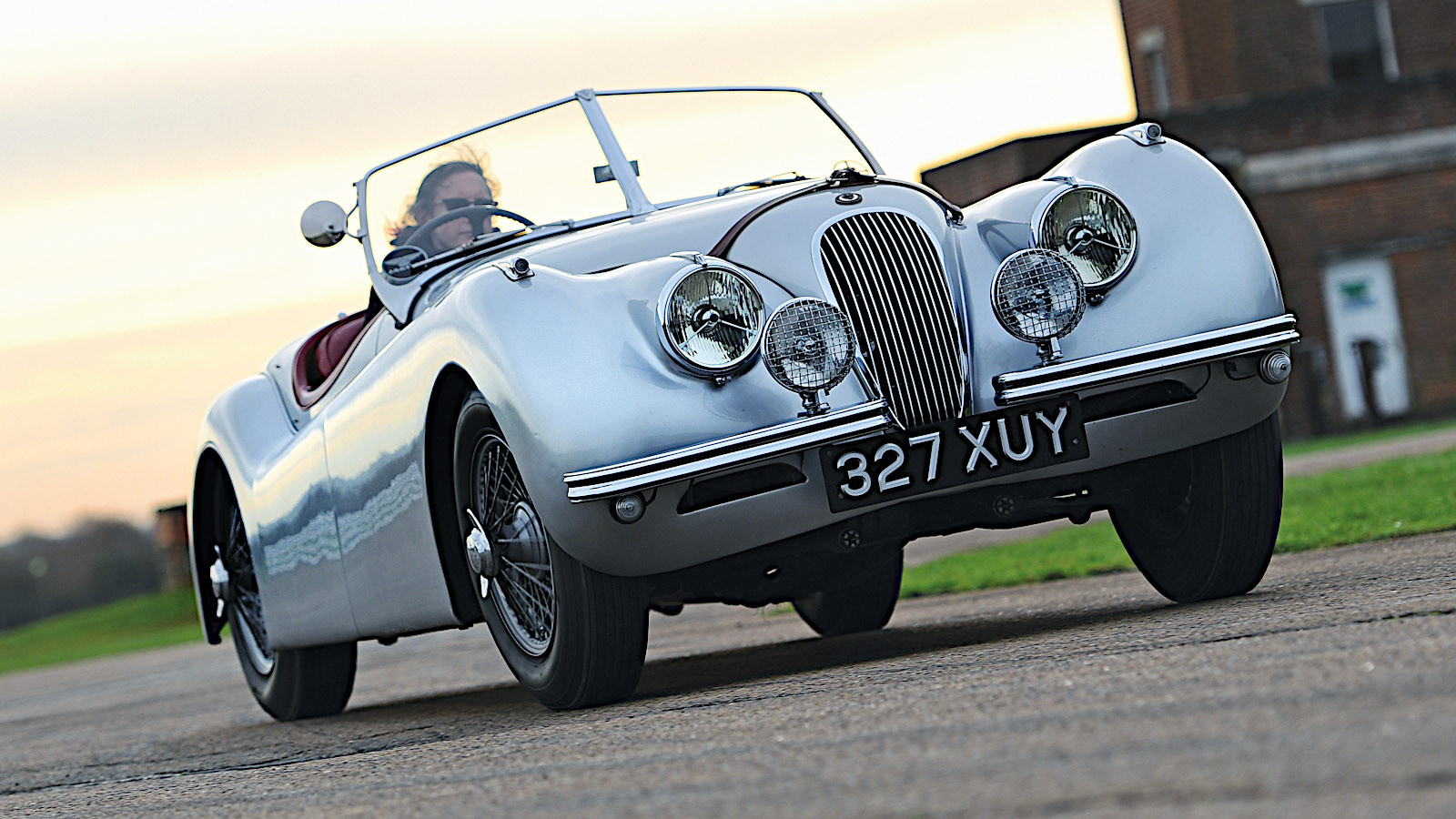 © Will Williams/Classic & Sports Car
© Will Williams/Classic & Sports Car -
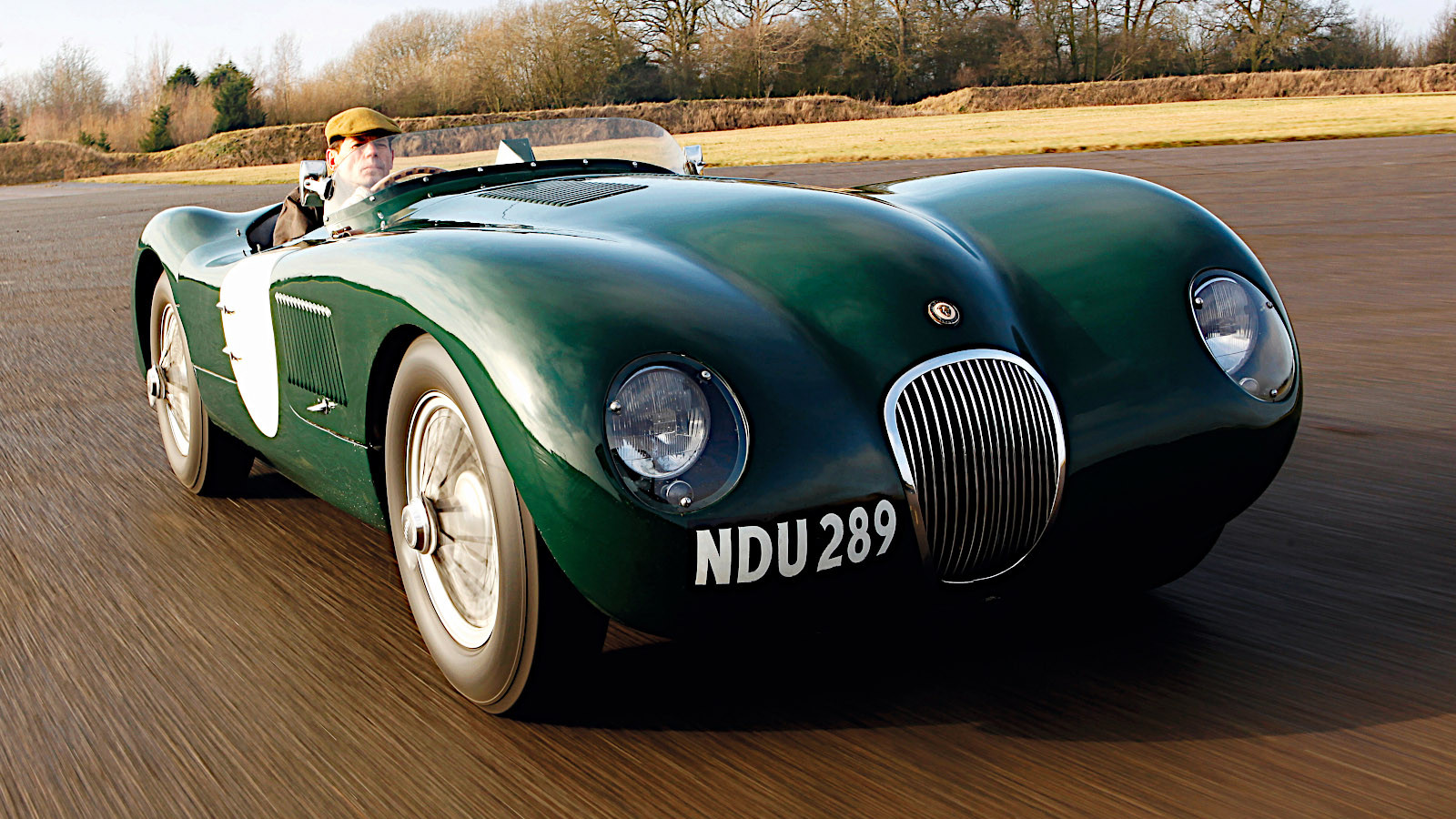 © Tony Baker/Classic & Sports Car
© Tony Baker/Classic & Sports Car -
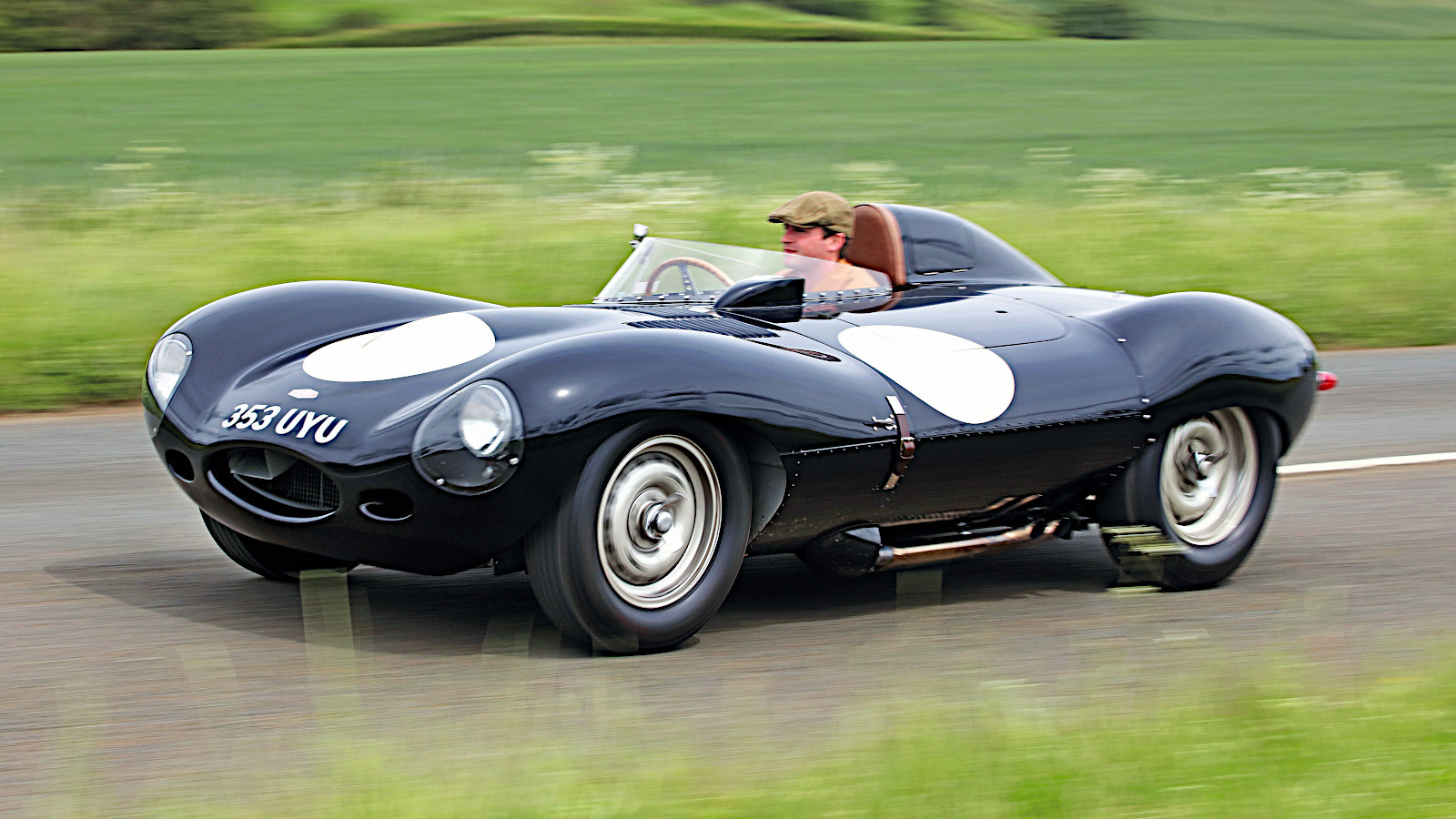 © James Mann/Classic & Sports Car
© James Mann/Classic & Sports Car -
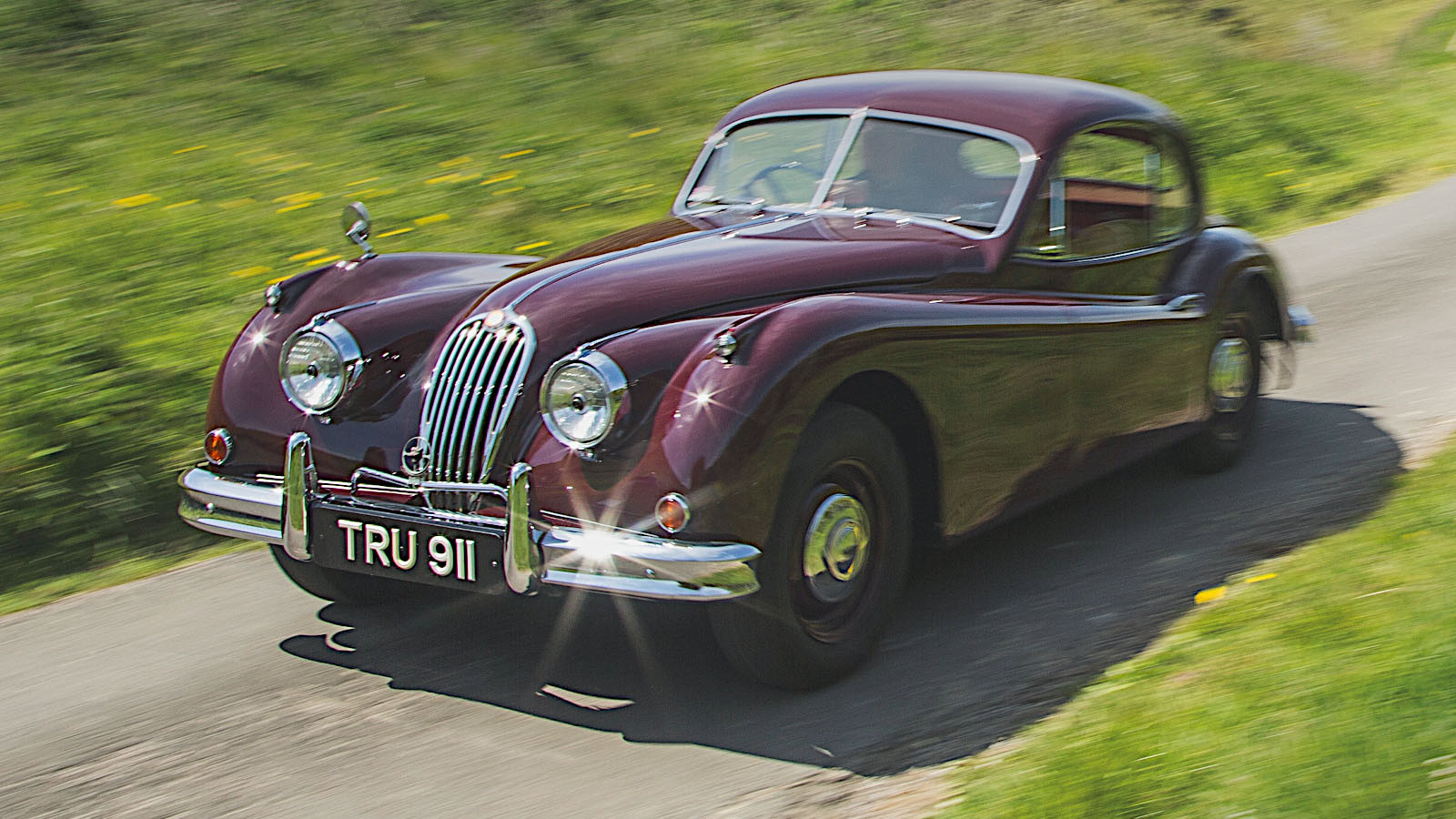 © Luc Lacey/Classic & Sports Car
© Luc Lacey/Classic & Sports Car -
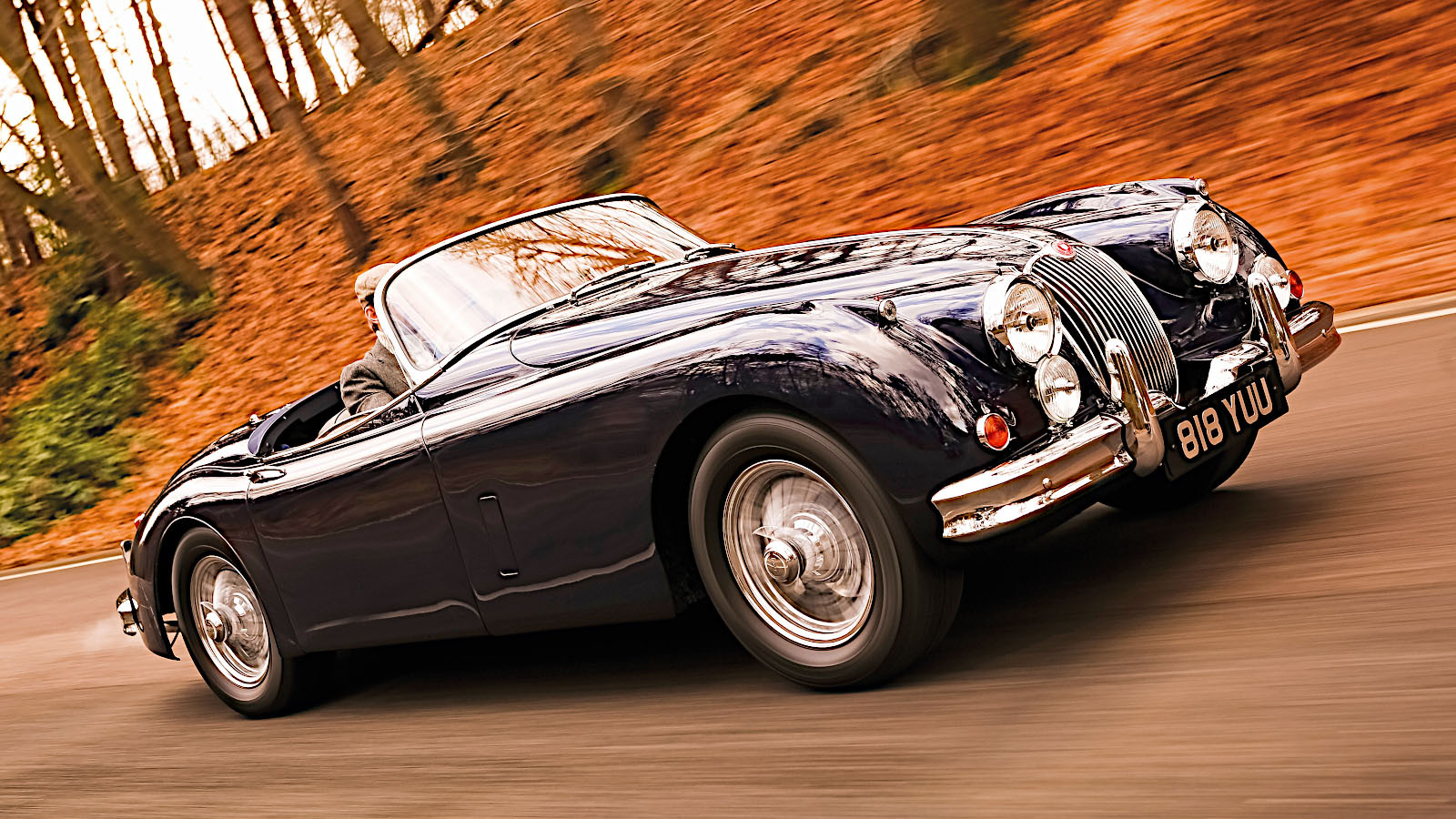 © Tony Baker/Classic & Sports Car
© Tony Baker/Classic & Sports Car -
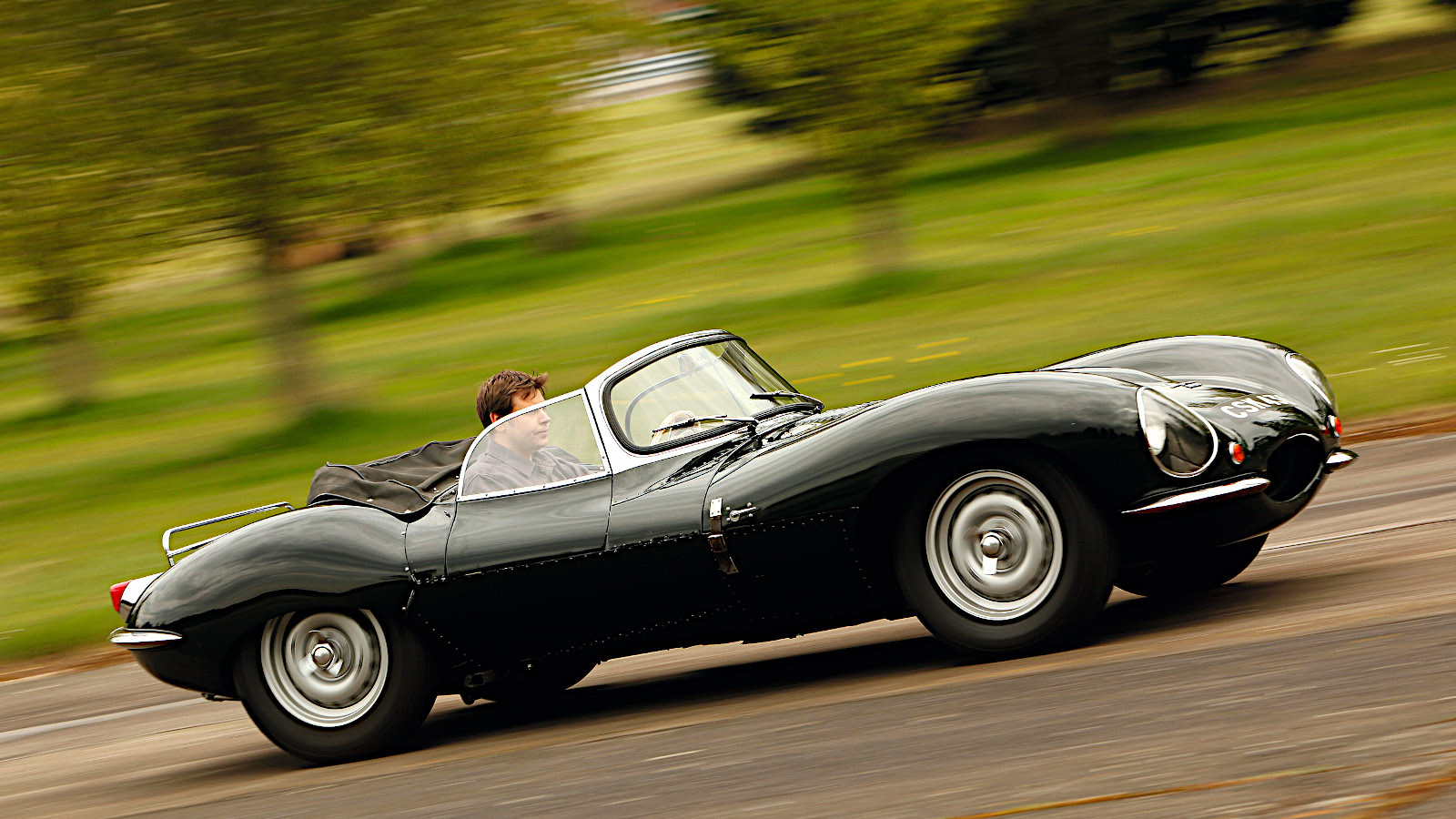 © Classic & Sports Car
© Classic & Sports Car -
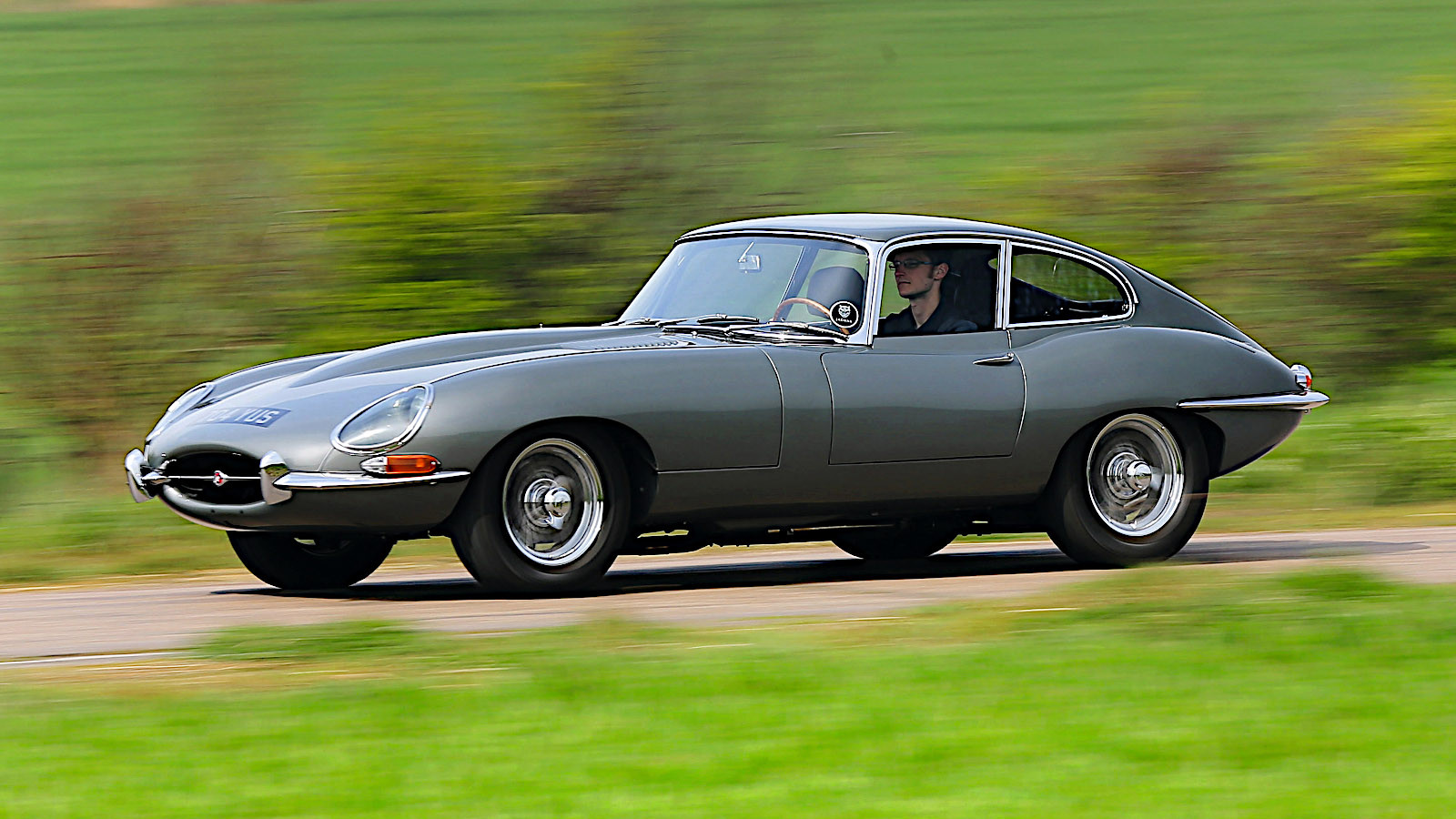 © Julian Mackie/Classic & Sports Car
© Julian Mackie/Classic & Sports Car -
 © Tony Baker/Classic & Sports Car
© Tony Baker/Classic & Sports Car -
 © Tony Baker/Classic & Sports Car
© Tony Baker/Classic & Sports Car -
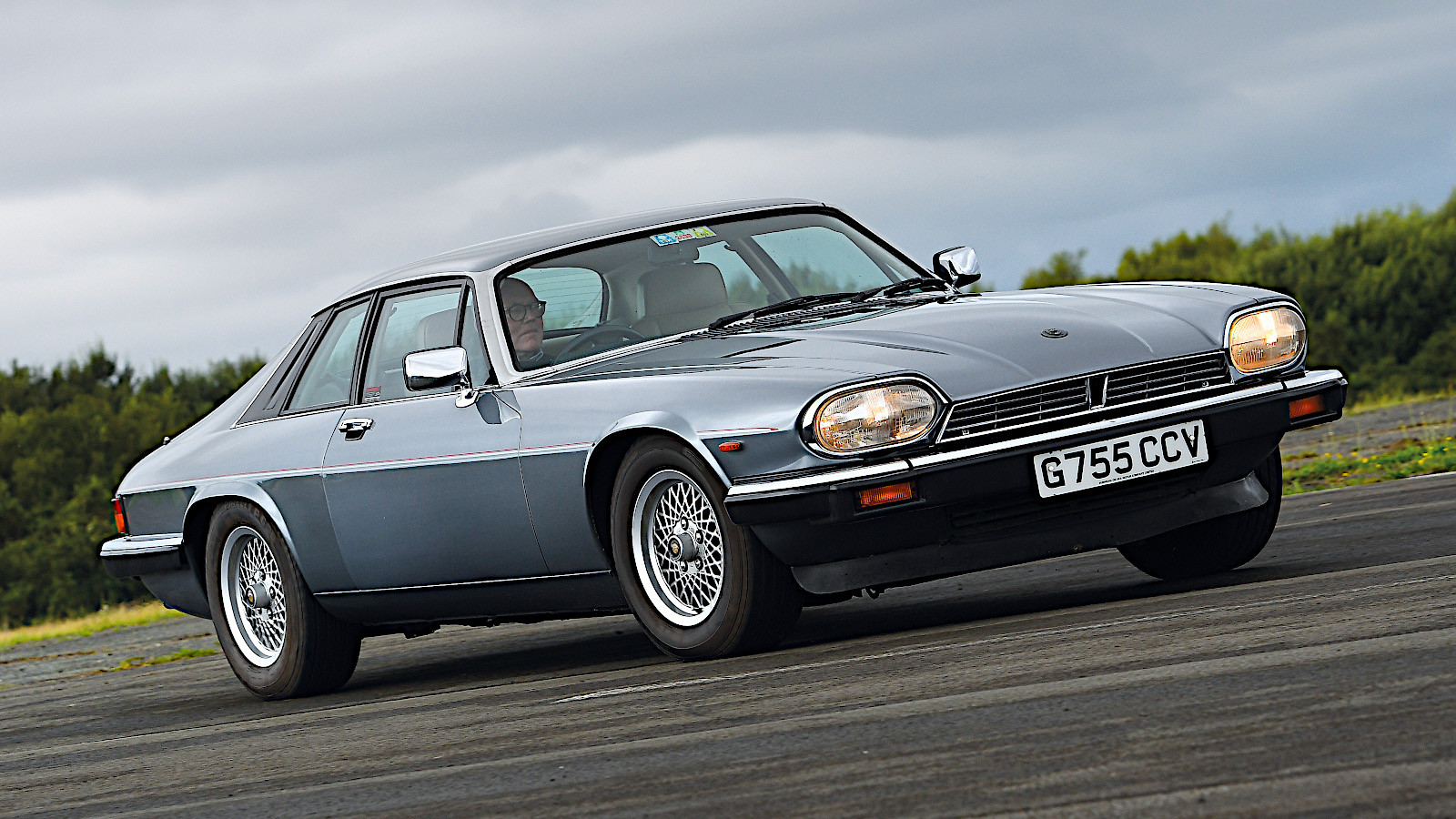 © John Bradshaw/Classic & Sports Car
© John Bradshaw/Classic & Sports Car -
 © RM Sotheby’s
© RM Sotheby’s -
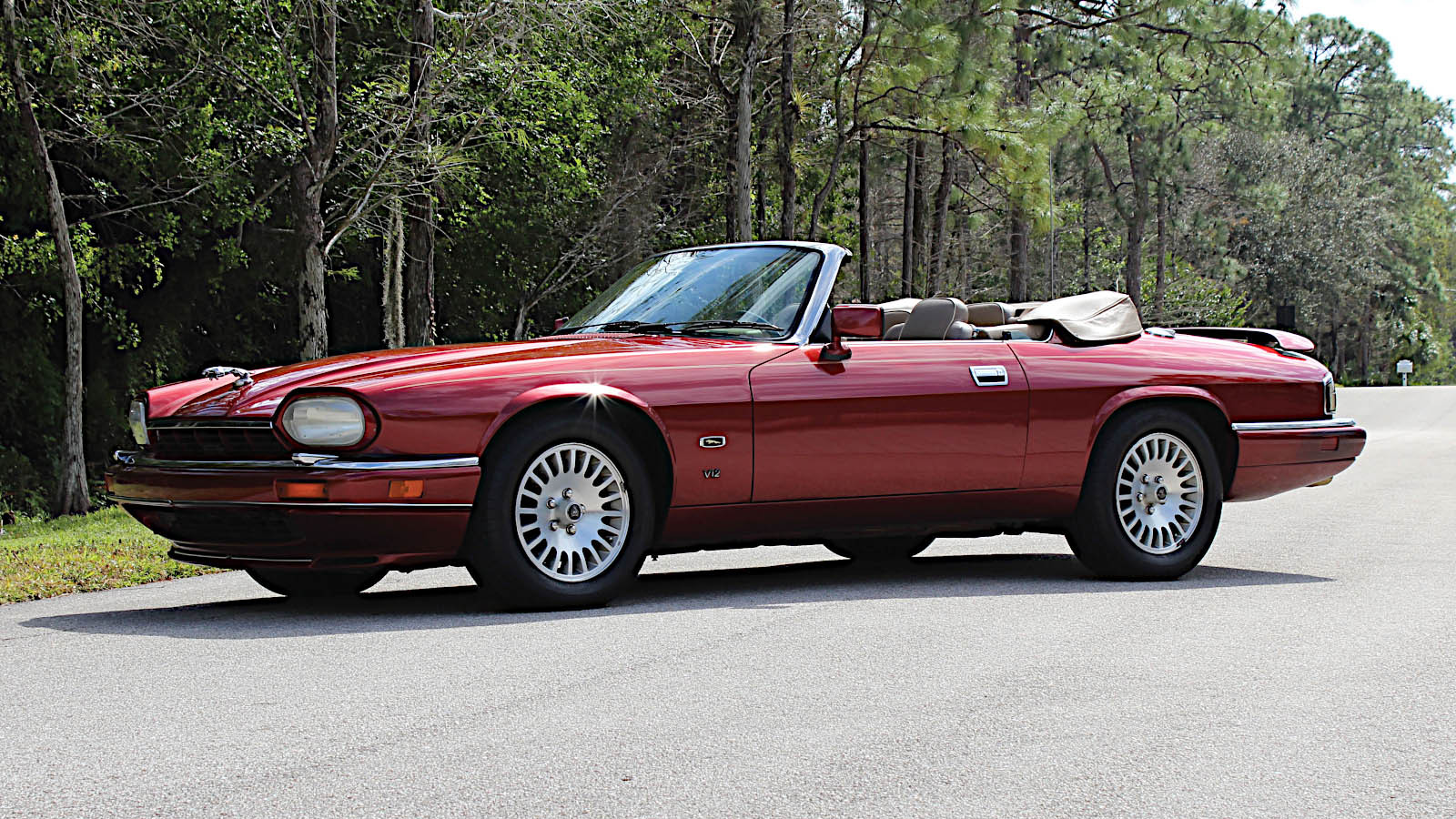 © RM Sotheby’s
© RM Sotheby’s -
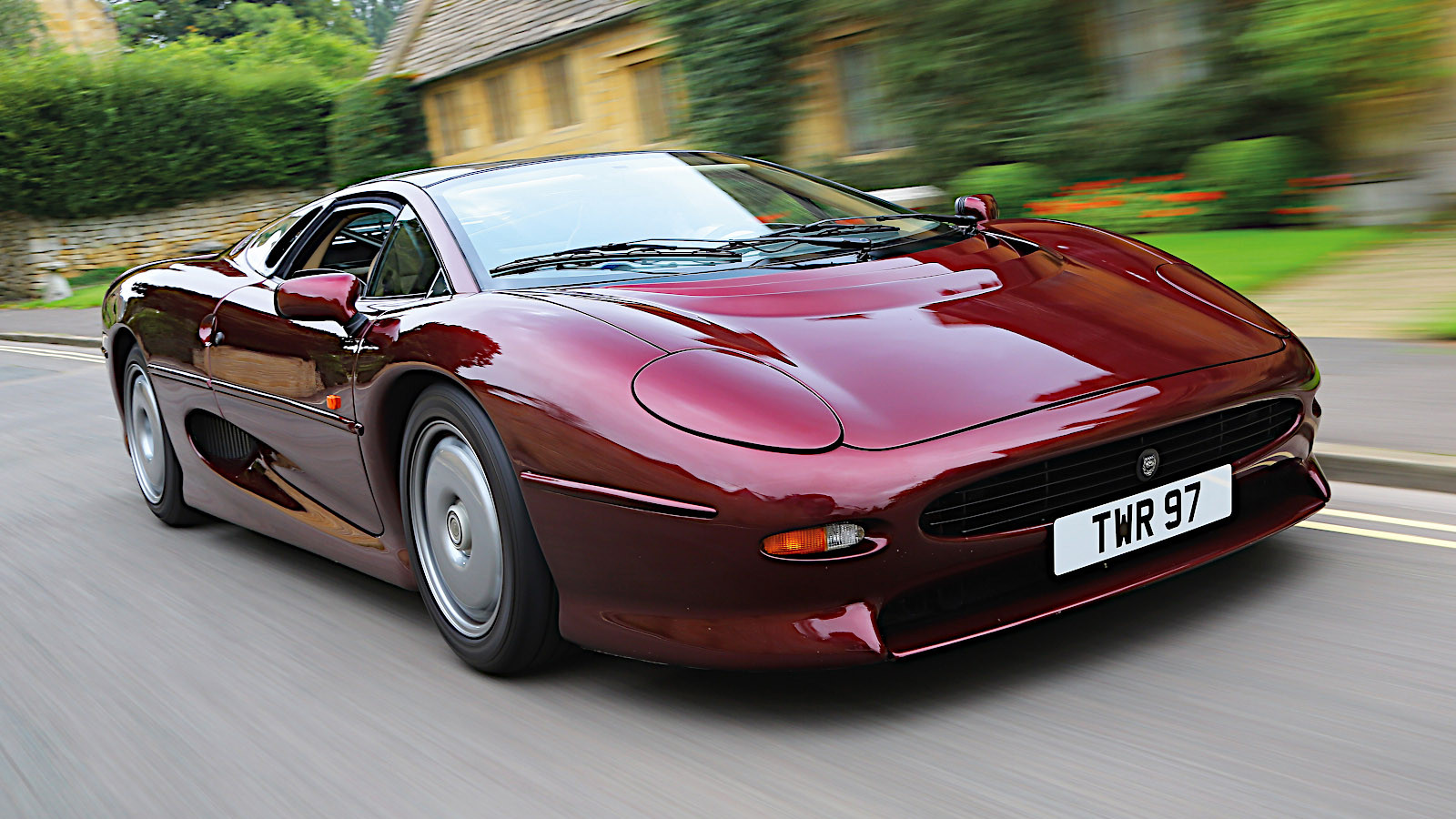 © Julian Mackie/Classic & Sports Car
© Julian Mackie/Classic & Sports Car -
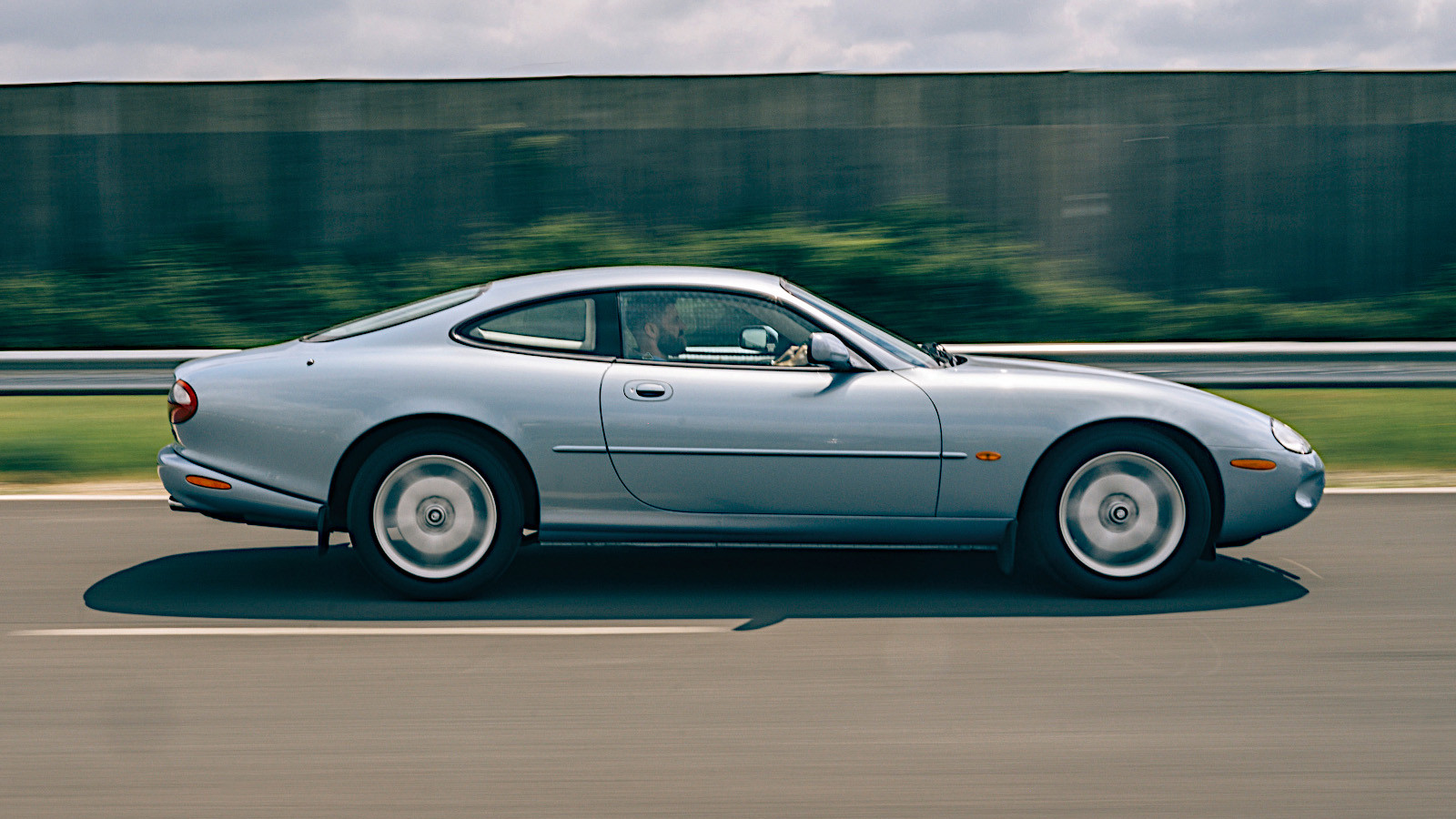 © Olgun Kordal/Classic & Sports Car
© Olgun Kordal/Classic & Sports Car -
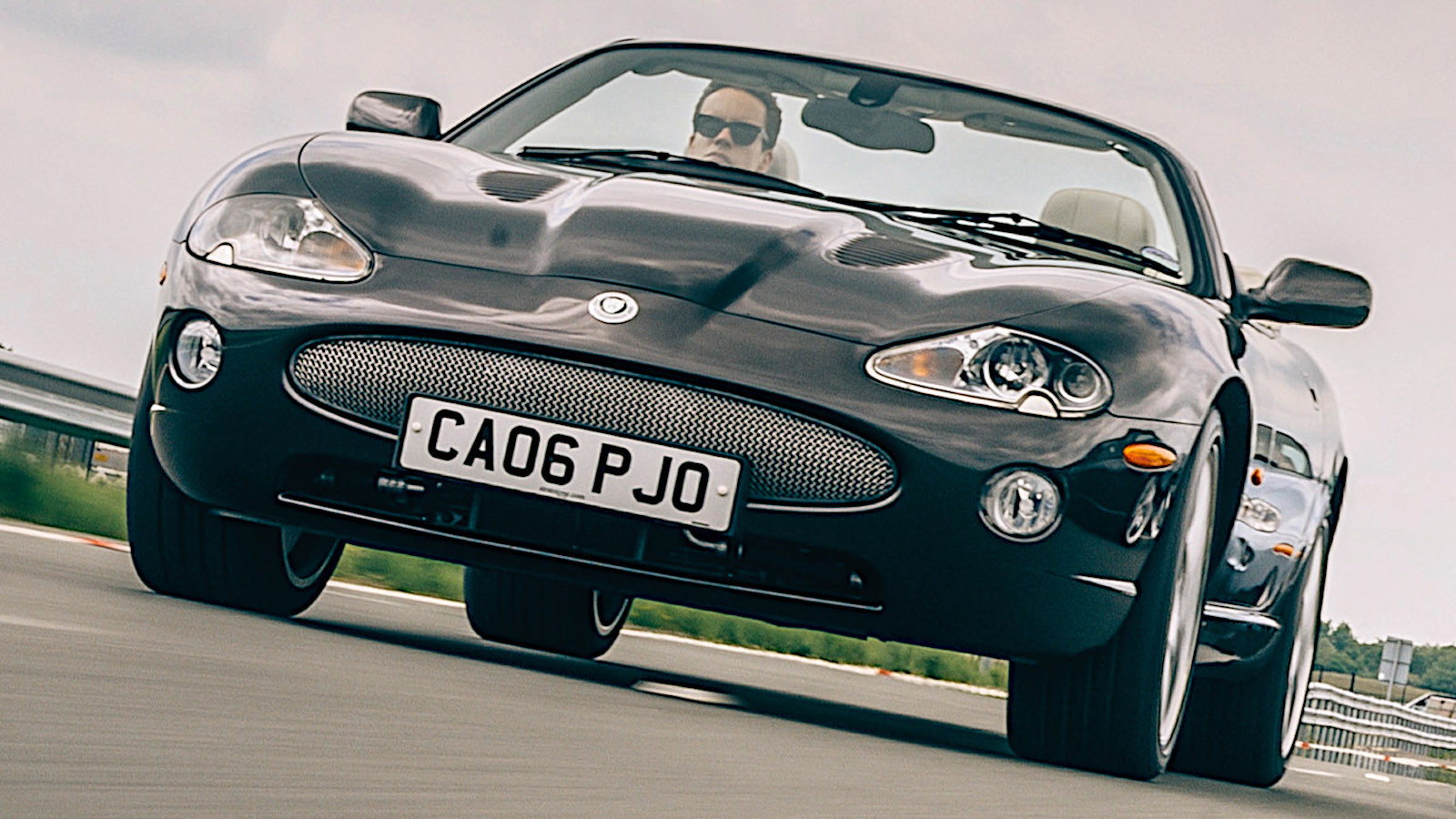 © Olgun Kordal/Classic & Sports Car
© Olgun Kordal/Classic & Sports Car -
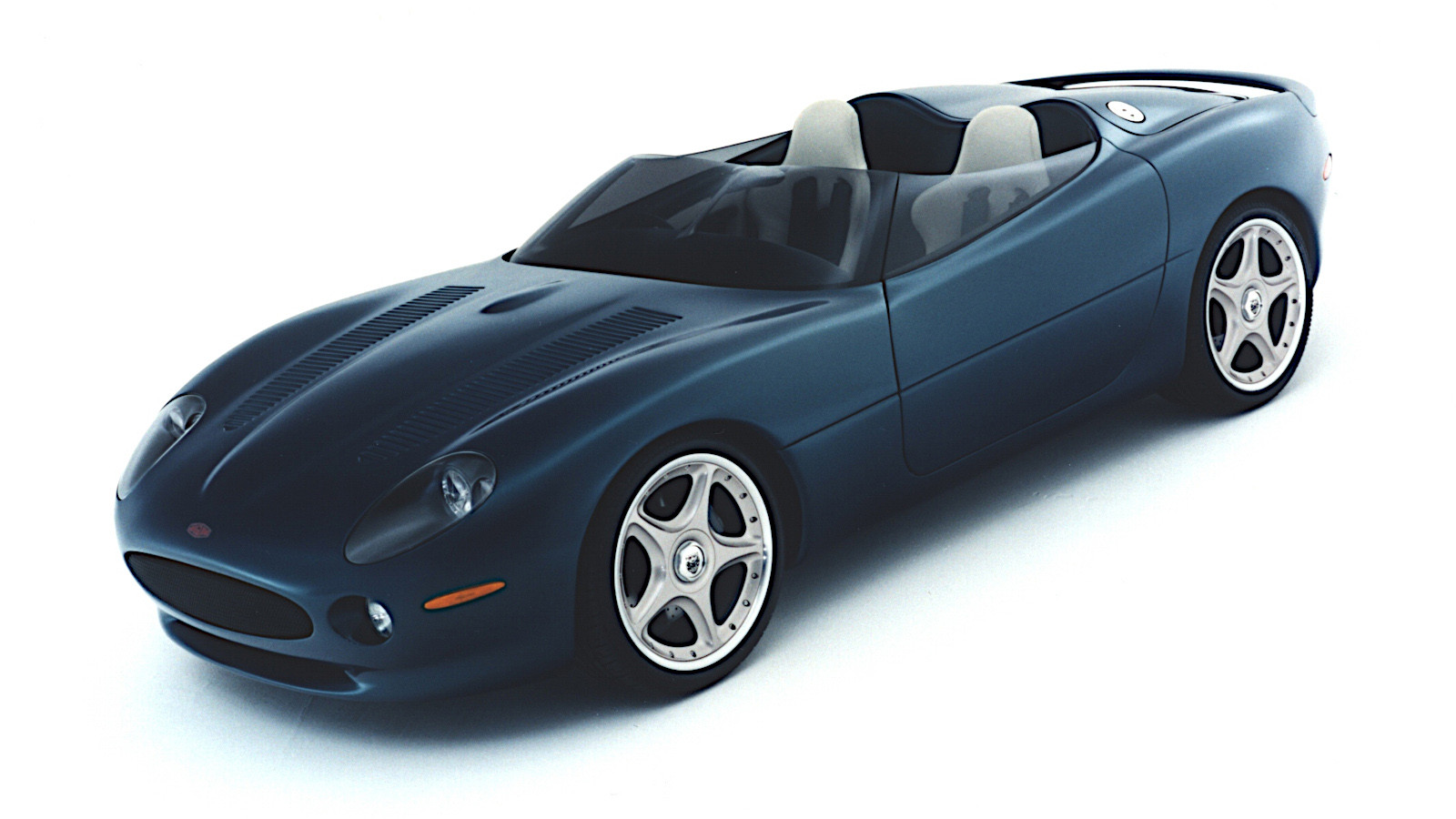 © Jaguar
© Jaguar -
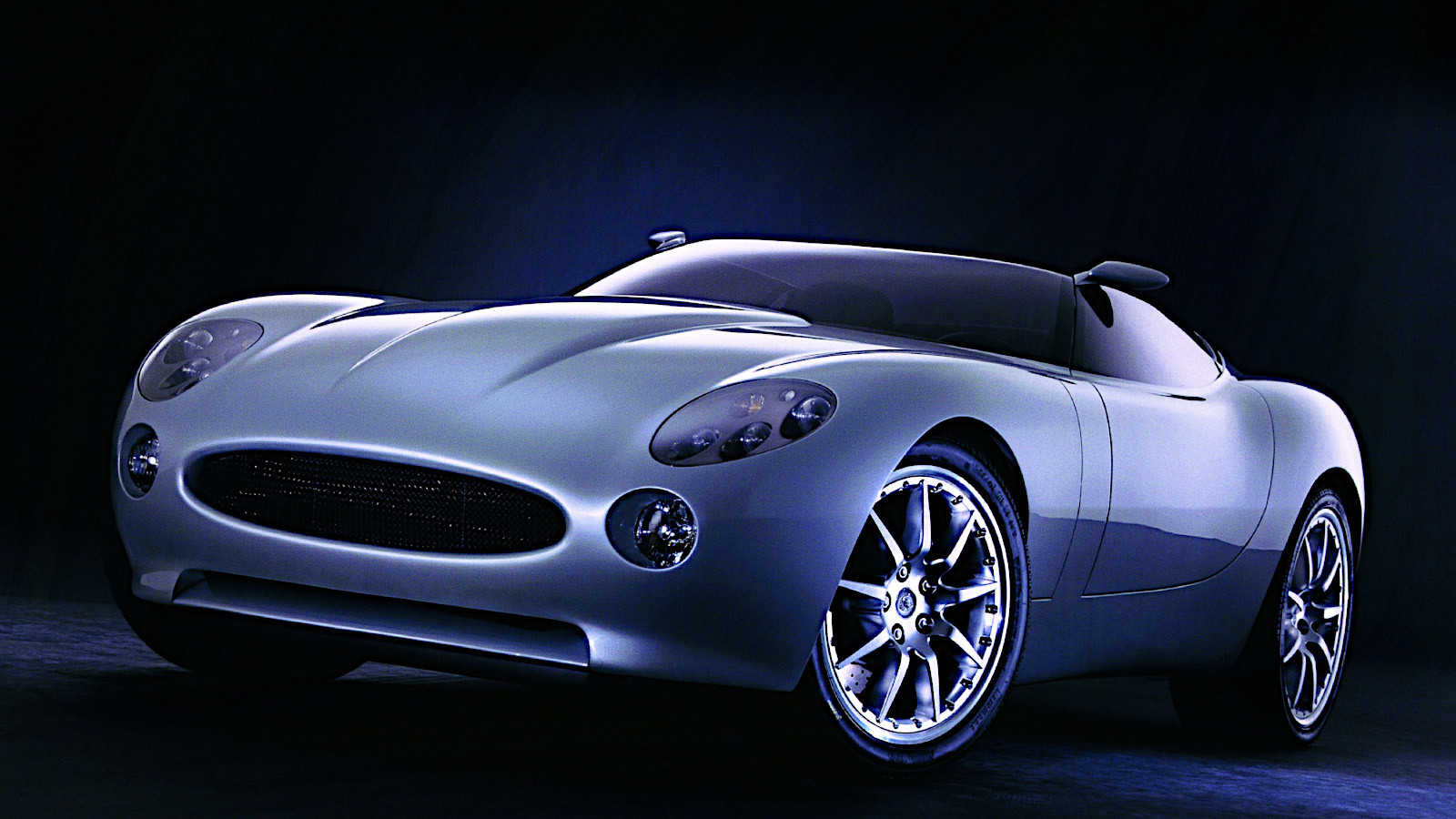 © Jaguar
© Jaguar -
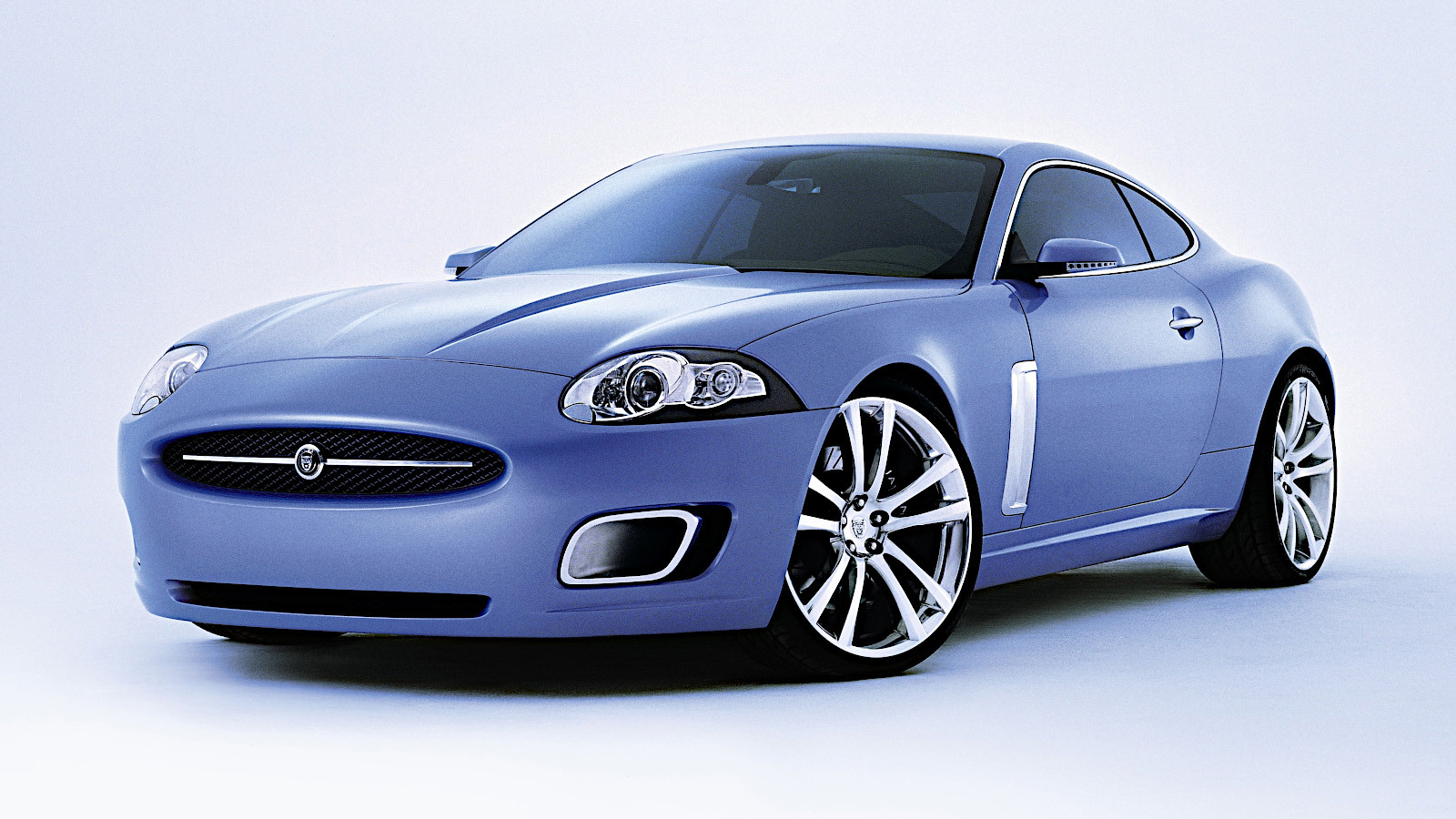 © Jaguar
© Jaguar -
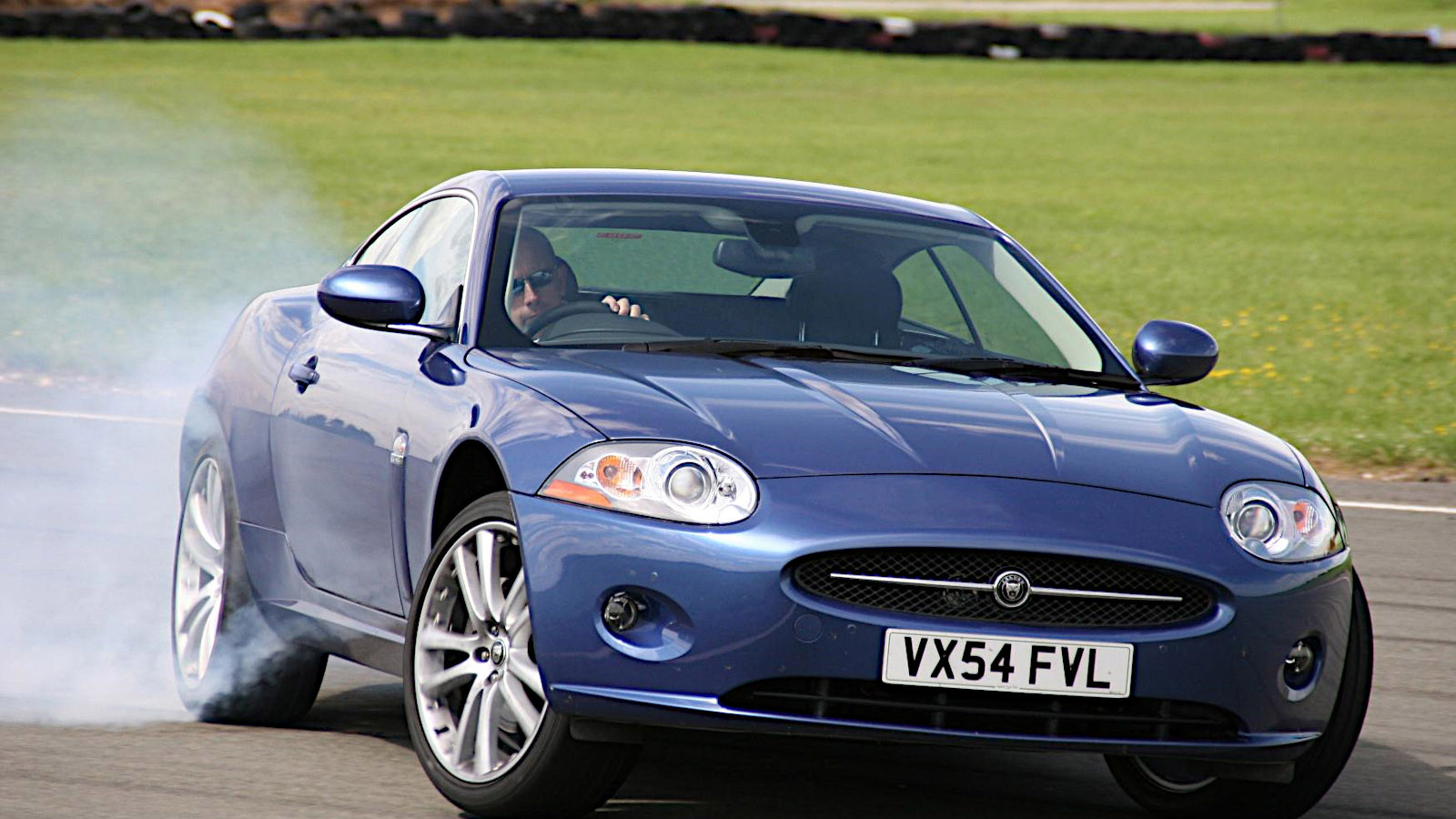 © Jaguar
© Jaguar -
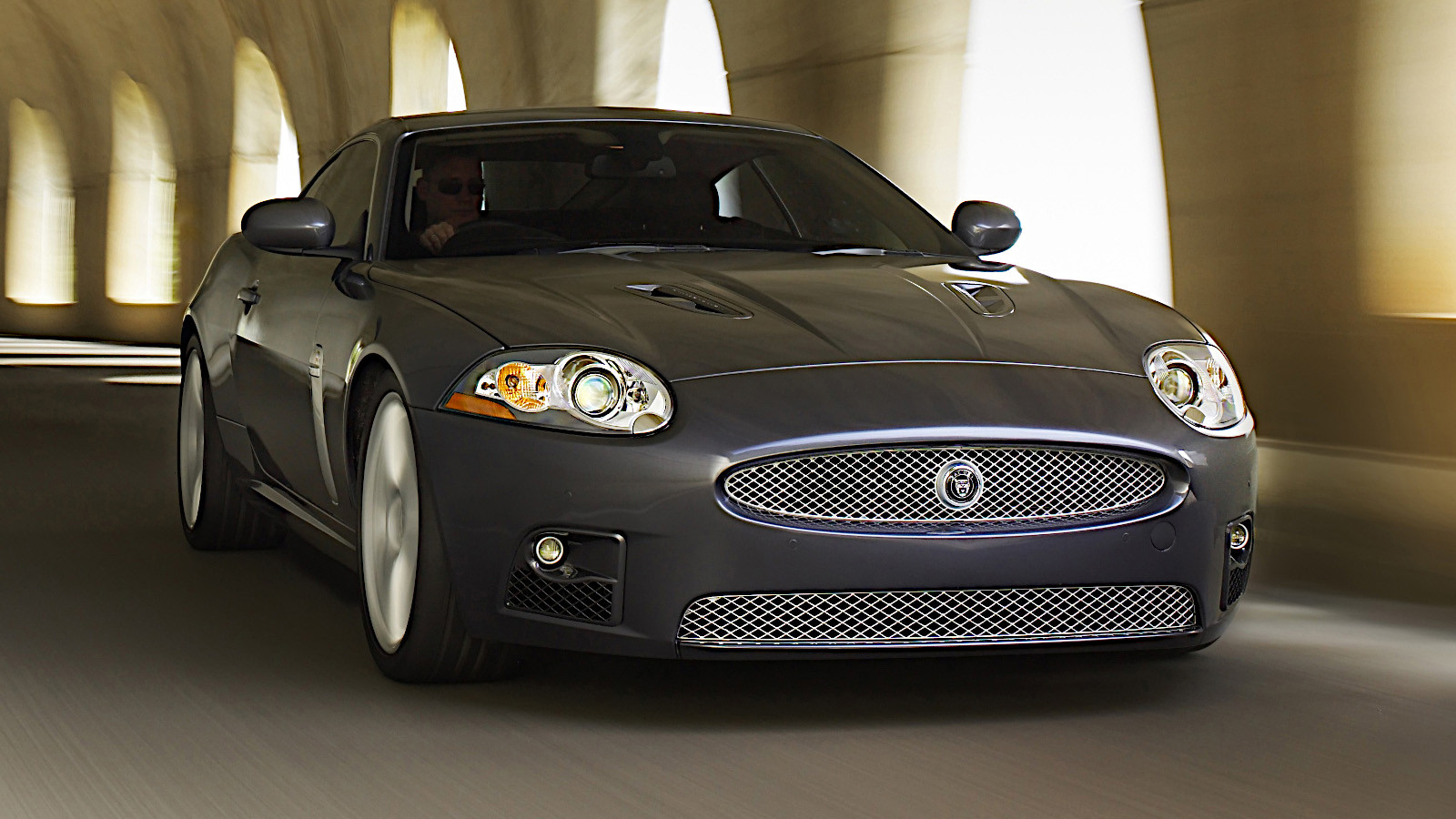 © Jaguar
© Jaguar -
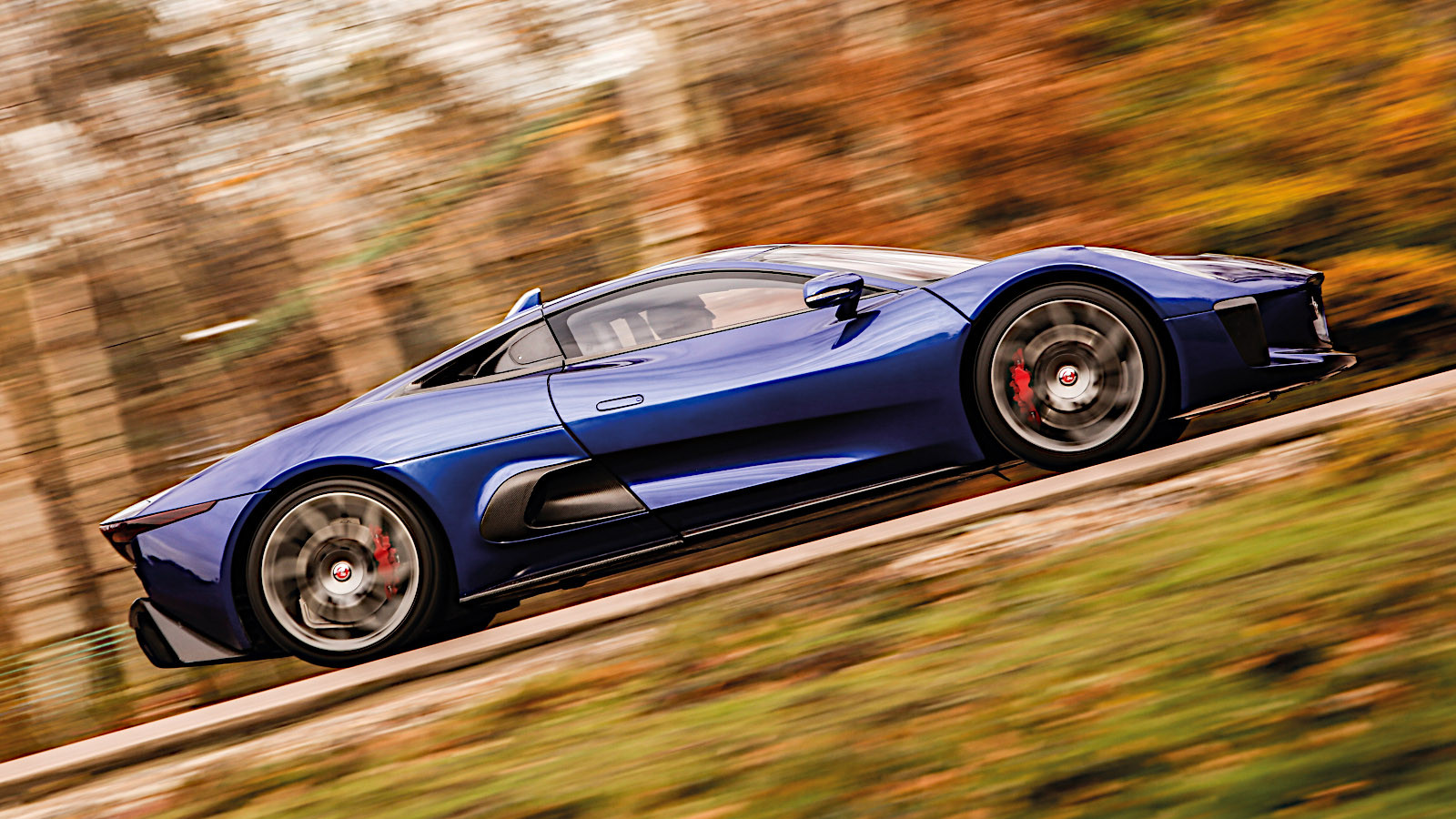 © Tony Baker/Classic & Sports Car
© Tony Baker/Classic & Sports Car -
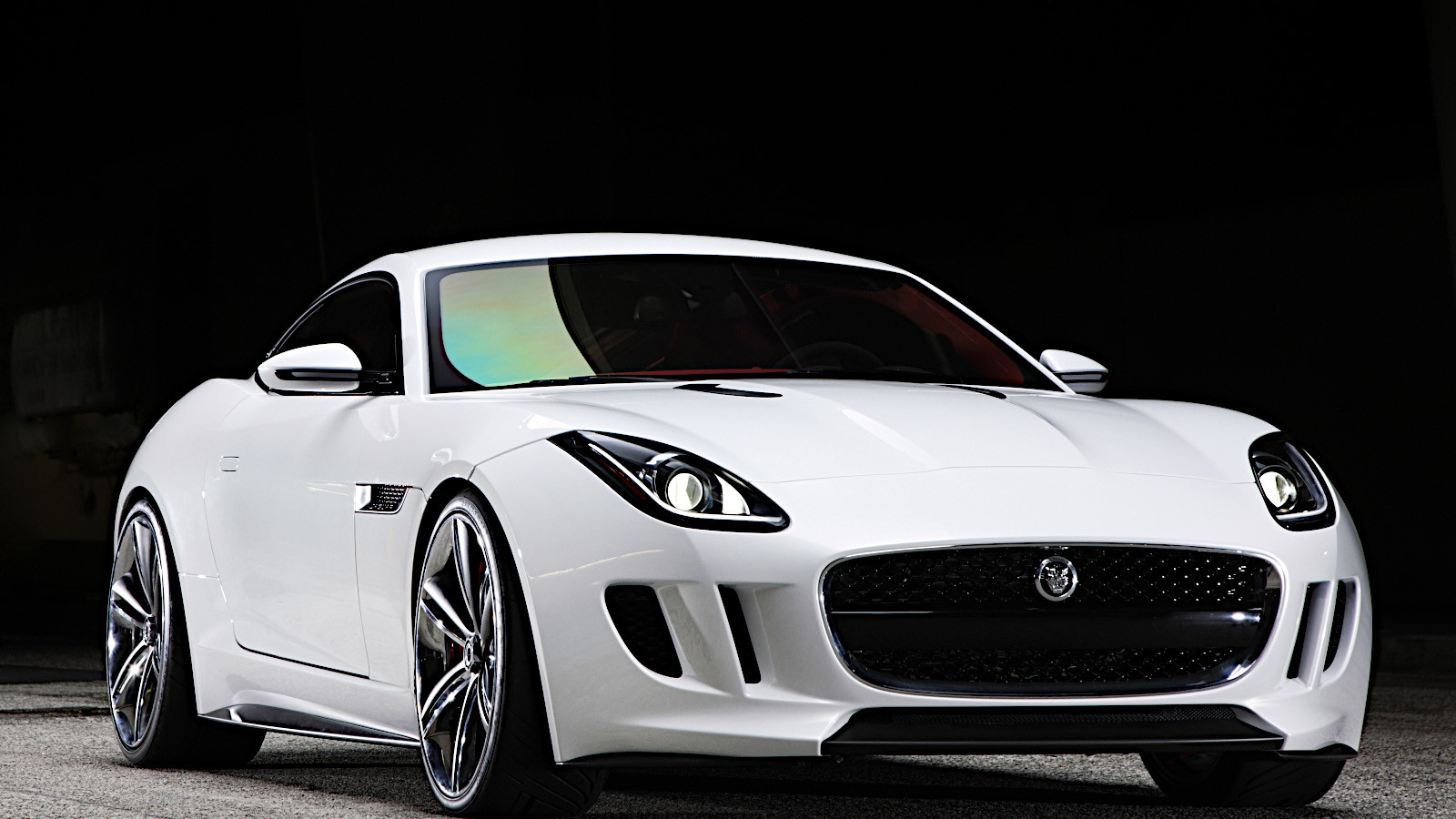 © Jaguar
© Jaguar -
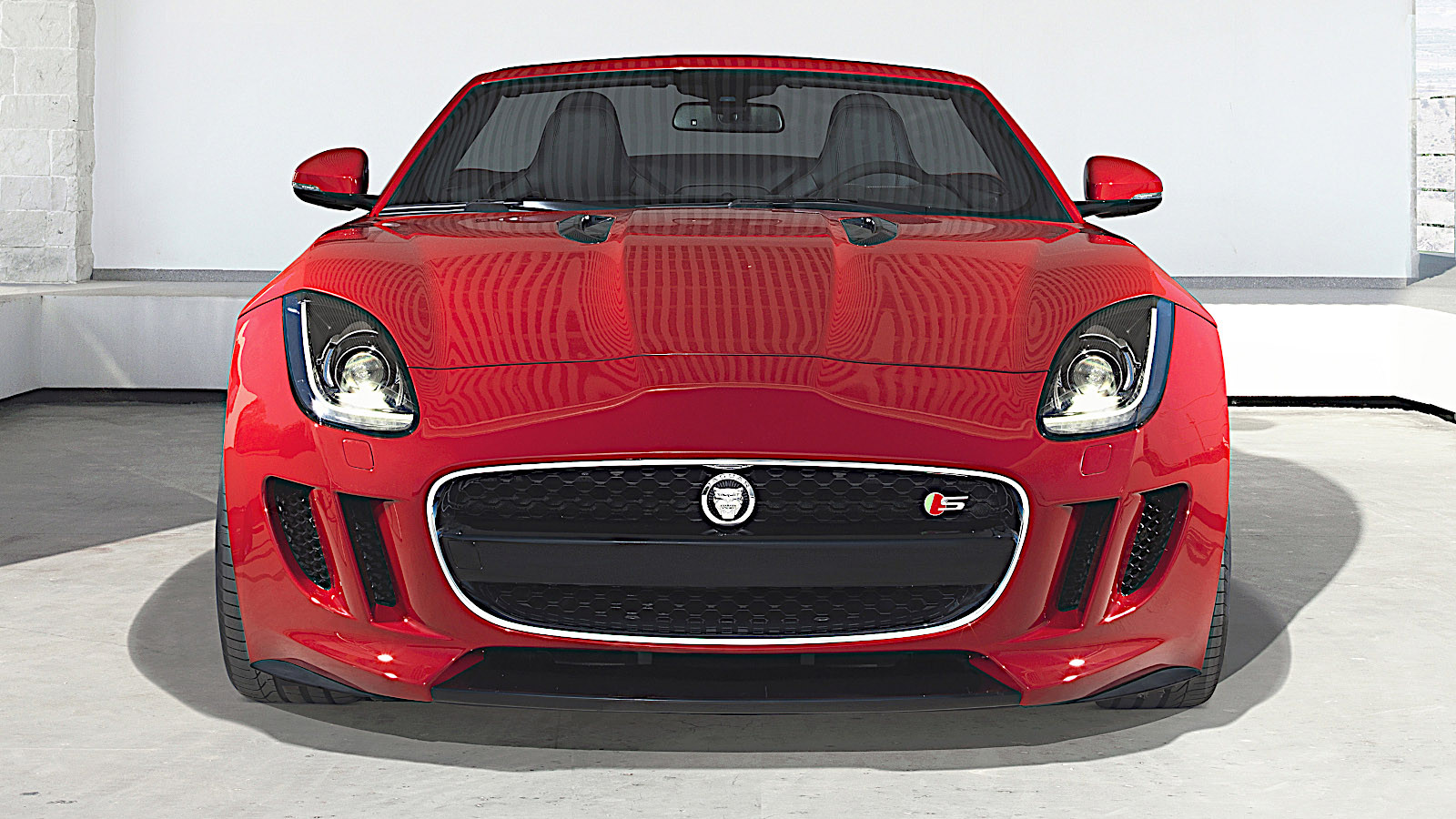 © Jaguar
© Jaguar -
 © Jaguar
© Jaguar
-
75 years of fun
This year, 2024, is the 75th anniversary of Jaguar first putting a sports car into production.
There could scarcely be a more opportune time, then, to run through the history of Jaguar’s sports models, which we will do here in chronological order.
The rule we’re adopting is that two-seater or 2+2 production cars or concepts built by Jaguar itself (rather than an outside company using Jaguar components) are acceptable, as long as they were intended for road use and not restricted to motorsport.
For the avoidance of doubt, we are also omitting anything built before 1945, when the company was called SS and Jaguar was simply a model name.
-
Jaguar XK120 (1949)
The XK120 caused a sensation at the 1948 London Motor Show, and became part of Jaguar’s line-up in the following year.
This was not quite what Jaguar had originally intended, since the car was actually meant to be a showcase for its new 3.4-litre, straight-six, double-overhead-cam XK engine, which would go on to have a very long career in its own right.
However, the Jaguar XK120 soon attracted huge demand, which meant that not building it for customers would have been absurd.
Foreshadowing much later models, early versions had aluminium bodies, but Jaguar switched to the cheaper and more easily manageable steel in 1950.
-
Jaguar C-type (1951)
Originally known as the XK120C (the final letter standing for Competition), the C-type shared many components with the regular XK120, but had a different body and a tubular steel chassis.
While perfectly capable of being driven on the road, as sports racers were in those days, it proved to be an exceptionally capable competition car, winning the Le Mans 24 Hours in both 1951 and 1953, among other successes.
70 years after the first Le Mans win, Jaguar announced that it would be building ‘continuation’ C-types, having previously done the same thing with the Lightweight E-type, the XKSS and the D-type.
-
Jaguar D-type (1954)
Although there had been no A or B models, it made alphabetical sense to move forward one letter in naming the successor to the C-type.
Priced, according to the Jaguar Daimler Heritage Trust, at £3663 in 1954 (the equivalent of around £126,000 today), the D-type had a stiffer chassis than the car it replaced, and its XK engine was used in various capacities – initially the usual 3.4 litres, later 3.8 litres and finally, after a rule change in sports-car racing, 3 litres.
A works D-type won at Le Mans in 1955 (and was driven back to Coventry the same day), and examples run by the Edinburgh-based Ecurie Ecosse team took victory in each of the next two years.
With the C- and D-type, Jaguar had now won Le Mans five times in seven years, repeating Bentley’s achievement from 1924 to 1930.
-
Jaguar XK140 (1954)
Thanks to various styling updates, a classic Jaguar enthusiast can easily tell an XK140 from an XK120 on sight.
The most significant change, however, was under the bonnet, where the new model’s engine was mounted 3in (76mm) further forward.
This allowed just enough extra space in the cockpit to fit a couple of very small additional seats, making the XK140 Jaguar’s first 2+2.
It was also Jaguar’s first sports car with an automatic gearbox, after a Borg-Warner three-speed became available as an option.
-
Jaguar XK150 (1957)
The third and last of the original XKs looked (and was) heavier than before, and had a one-piece windscreen rather than the split items fitted to the previous models.
The power output had risen, and would rise again with the introduction of the S model, which had three rather than two SU carburettors.
For the first time in an XK, the 3.8-litre engine was added to the range after a couple of years.
The XK150 remained in production until 1961, when it was replaced by Jaguar’s most famous sports car.
-
Jaguar XKSS (1957)
The XKSS was essentially the roadgoing version of the D-type, though D-types could also be driven on the road, and the SS could be, and was, raced.
Jaguar intended to build 25, but only 16 had been finished when fire destroyed about a quarter of the Browns Lane factory in Coventry.
The nine unfinished examples of the SS could not be saved, but Jaguar completed the set by building almost identical replacement cars in 2016 and 2017.
-
Jaguar E-type Series 1 (1961)
Frequently described as one of the most beautiful cars ever built, the Jaguar E-type (or XK-E as it was known in North America) was powered at first by the 3.8-litre engine.
12 of the planned 18 aluminium-bodied Lightweight E-types intended for competition were built in 1963, and the run was completed 51 years later as part of Jaguar’s 21st-century continuation programme.
In 1964, the engine was enlarged to 4.2 litres, and a 2+2 body became available for the first time.
-
Jaguar E-type Series 2 (1968)
Although changes to the E-type in 1968 were generally undramatic, there were enough of them to inspire Jaguar to call this new version the Series 2.
The 4.2-litre capacity of the straight-six engine was retained, but there were several detail differences (some of them required by legislation in the US, where the car was popular) to make it clear that this was not quite the same car as the Series 1.
These included wraparound bumpers, bigger minor exterior lights and a larger front air intake.
-
Jaguar E-type Series 3 (1971)
In the same way that the XK120 had introduced Jaguar’s straight-six engine to the world, the final E-type performed the same service for the company’s new V12.
Measuring 5.3 litres in those early days, it appeared in the sports car a year before it became available in the XJ saloon.
Aluminium construction meant that it was only slightly heavier than the ‘six’, though at the same time it wasn’t much more powerful, either.
Continuation models aside, the 14-year history of the E-type came to an end when the last example left the factory in early 1975.
-
Jaguar XJ-S (1975)
A successor to rather than a replacement for the E-type, the XJ-S could at least be described as Jaguar’s sportiest car when it was launched in 1975.
At first, it was available only as a coupé with the 5.3-litre V12 engine, the latter being improved in 1981 thanks to a ‘fireball’ combustion chamber devised by the Swiss engineer and former racing driver Michael May.
There were further changes in 1983, when Jaguar introduced both a convertible body style and the 3.6-litre AJ6 engine, only the third new motor in the history of the marque.
-
Jaguar XJR-S (1988)
Developed by JaguarSport, a joint venture created by Jaguar and Tom Walkinshaw Racing, the XJR-S exceeded all other versions of the XJ-S in terms of performance.
It started out with the 5.3-litre V12 engine, but this was replaced in 1989 by a 6-litre derivative which was further modified two years later.
By the end of that process, the power output had reached 329bhp, “yet,” according to one commentator, “the car’s achievement was not so much its surge of speed, but the way this was blended with the tranquillity of a limousine”.
-
Jaguar XJS (1991)
A mild restyling of what had previously been known as the XJ-S coincided with a decision to drop the hyphen from the car’s model name.
In this new form, the Jaguar XJS was available at first with the AJ6 engine, now enlarged to 4 litres, and the Fireball-head 5.3-litre version of the V12.
The latter was taken out to 6 litres in 1992, and two years after that the AJ6 was revised so substantially that it, too, was renamed, in this case to AJ16.
-
Jaguar XJ220 (1992)
The Jaguar Daimler Heritage Trust describes the XJ220 as ‘the most extraordinary car ever to bear the name Jaguar’, and with good reason.
In concept form, it had a mid-mounted quad-cam version of the V12 engine driving all four wheels, though by the time it reached production the engine had been swapped for a turbocharged V6 and only the rear wheels were driven.
There were good technical reasons for this, but it was considered in some quarters to be, at the very least, a disappointment.
The Jaguar XJ220 became available to the public during an international recession, which did not help its cause.
Several sales numbers have been quoted by various sources, but they are all below 300.
-
Jaguar XK8 (1996)
After more than two decades, the XJS (with or without hyphen) was finally replaced by an all-new model.
The Jaguar XK8’s styling was far more modern, as might be expected, and so was its engine.
This was Jaguar’s first ever V8, with a capacity of 4 litres at first and then, from 2002, 4.2 litres.
Also new was the optional CATS (Computer Active Technology Suspension), a system which would have been unimaginable in the days of any previous XK.
-
Jaguar XKR (1998)
For the Jaguar XKR, and the contemporary XJR saloon, the V8 engine was boosted by an Eaton supercharger, which raised the power output from 290bhp to 370bhp.
As a result, the 0-62mph time was reduced by more than a second to 5.2 secs, though the top speed remained the same since it was already artificially limited to 155mph in the naturally aspirated XK8.
The capacity increase to 4.2 litres in 2002 led to the power output rising still further, to 400bhp.
The last XK of this generation to leave the factory, on 27 May 2005, was a metallic-blue XKR coupé with the appropriate registration number XK05 JAG.
-
Jaguar XK180 concept (1998)
Based on a shortened version of the XK8 platform, the XK180 was designed to give a flavour of past Jaguar sports cars without specifically looking like any of them.
When the concept was unveiled at the 1998 Paris motor show – not coincidentally around 50 years after the XK120 was first seen in public – Jaguar boss Nick Scheele insisted that there would be no production version, but conceded that some elements might become available in cars sold to the public.
In fact, one of them already was – the engine in the XK180 was the supercharged 4-litre V8 used in the XKR launched a few months earlier.
-
Jaguar F-type concept (2000)
Since production of the Jaguar E-type ended in 1975, there had been speculation about when an F-type would come along, so there was a certain buzz when a concept of that name was revealed a quarter of a century later.
This just squeaks into our list because a production version would certainly have been intended for road rather than competition use, though in fact it was strictly a full-size mock-up which could not have been driven anywhere.
The concept was a compact roadster, and if matters had been taken any further it would almost certainly have been powered by the AJ V6 engine rather than the V8.
A real-life F-type would, of course, go into production eventually, but when the concept was unveiled at the 2000 Detroit motor show, there was still more than a decade of waiting to be done.
-
Advanced Lightweight Coupé concept (2005)
Known as the ALC for short, this concept made its world debut in Detroit in January 2005, and appeared again in Geneva two months later.
It featured much sharper styling than the outgoing XK, which was still in production, and was based on an aluminium structure, similar to the one recently introduced for the XJ saloon.
Anyone wondering whether a car like this might ever go on sale only had to wait until the Frankfurt motor show in September to find out.
-
Jaguar XK (2005)
The Advanced Lightweight Coupé turned out to be a preview of the new-generation XK.
This was the first XK with aluminium body panels since the earliest version of the 120, and the first Jaguar sports car with an aluminium structure since the XJ220.
The 4.2-litre V8 engine was carried over from the previous generation, but replaced in 2009 by a new 5-litre version which remained with the car until production ended in 2014.
-
Jaguar XKR (2007)
As in the previous generation, the naturally aspirated XK was on sale for well over a year before the supercharged R version was introduced.
In 4.2-litre form, it was more powerful than before, with a maximum output of 414bhp.
The figure went over 500bhp for the first time in a XK when the supercharged version of the 5-litre V8 replaced the 4.2 in 2009.
The ultimate performance model was the XKR-S, which produced 543bhp (the same as the XJ220) and could, according to Jaguar, accelerate from 0-62mph in 4.2 secs.
-
Jaguar C-X75 (2010)
In its original form, the Jaguar C-X75 was a two-seat, carbonfibre-monocoque coupé with four electric motors producing 194bhp each (for a total of 776bhp) and two turbine engines which served as generators for the battery.
For a proposed production version, Jaguar reduced the number of electric motors to two, and brought in a supercharged and turbocharged four-cylinder engine which, despite its modest capacity of 1.6 litres (and thanks partly to the fact that it could rev to 10,000rpm), produced just over 500bhp.
The building of customer models was scheduled to start in 2013, but Jaguar abandoned the idea in the closing weeks of the previous year.
-
Jaguar C-X16 (2011)
Far less radical than the C-X75, the C-X16 measured 4445mm (c14½ft) from one end to the other, and was therefore shorter than any production Jaguar except the XK120.
The two-seat coupé had an aluminium structure and a hybrid powertrain consisting of a 93bhp electric motor and a supercharged 3-litre V6 engine producing 375bhp.
Unveiled at the Frankfurt motor show in September 2011, the C-X16 was revealed shortly afterwards to be an almost production-ready version of the long-awaited F-type.
-
Jaguar F-type (2013)
Just over a year after the C-X16 had been displayed in Frankfurt, the F-type which it had previewed made its world debut in Paris.
The first new two-seat Jaguar since the E-type, the F was offered at first as a convertible, and later also as a coupé.
Available engines were the supercharged V6 and V8, and latterly the turbocharged 2-litre Ingenium, the first four-cylinder unit ever fitted to a Jaguar sports car.
The V8 SVR was the most powerful Jaguar sports car to date, producing 567bhp and capable of accelerating from 0-62mph in a mere 3.5 secs.
-
Jaguar F-type (2020)
Although there were no major mechanical changes, the Jaguar F-type was given a more modern appearance in 2020.
This effect was created mostly by the new headlights, which were outstandingly thinner than the ones fitted to the car previously.
In 2023, Jaguar announced that the 150 examples of the 567bhp Type ZP (pictured) would be the last F-types ever manufactured, prior to the company concentrating entirely on building electric vehicles.
